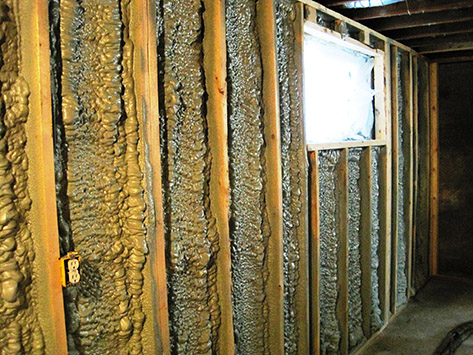 Living it up, down in the basement.
Living it up, down in the basement.
Basements need not be scary places where we only visit when absolutely necessary. And they don’t need to be glacial in the winter or clammy in the summer (not to mention the headquarters for insects that seek such moist environments).
It’s time to reclaim the basement by making it the perfect, enjoyable space for game night, rock band, or even a spare bedroom. If you’re looking for ways to make the basement more livable, your first step should be to inspect it for possible problems. Start by answering these questions:
• Are there traces of moisture or mould on the floor or walls?
• Is there a persistent musty odour in clothing and other objects that are stored in your basement?
• Has basement flooding ever occurred?
• Are humidity levels often above 55 percent in the winter?
Moisture problems can ruin even the most expensive renovations and make your basement unlivable. So, if the answer to any of these questions is “yes,” here are some tips on reducing moisture sources:
• Avoid drying clothes indoors. Vent dryers to the outside
• Cover any exposed earth in the crawl space or basement with heavy polyethylene, sealed and weighted down
• Slope soil away from foundations to keep the basement walls and slab dry. Patch any foundation leaks
• Don’t use humidifiers, unless humidity levels are below 30 percent R.H.
• Avoid drying firewood in the basement
One of the biggest threats of moisture is condensation due to inadequate insulation in basement walls. In the winter, condensation can occur when inside heated air moves through an under-insulated wall cavity and meets a cool surface. To avoid future moisture problems caused by condensation, it is best to insulate foundation walls with an insulation that also works as an air barrier. Using such a product controls air leakage and the potential for moisture buildup within the basement walls.